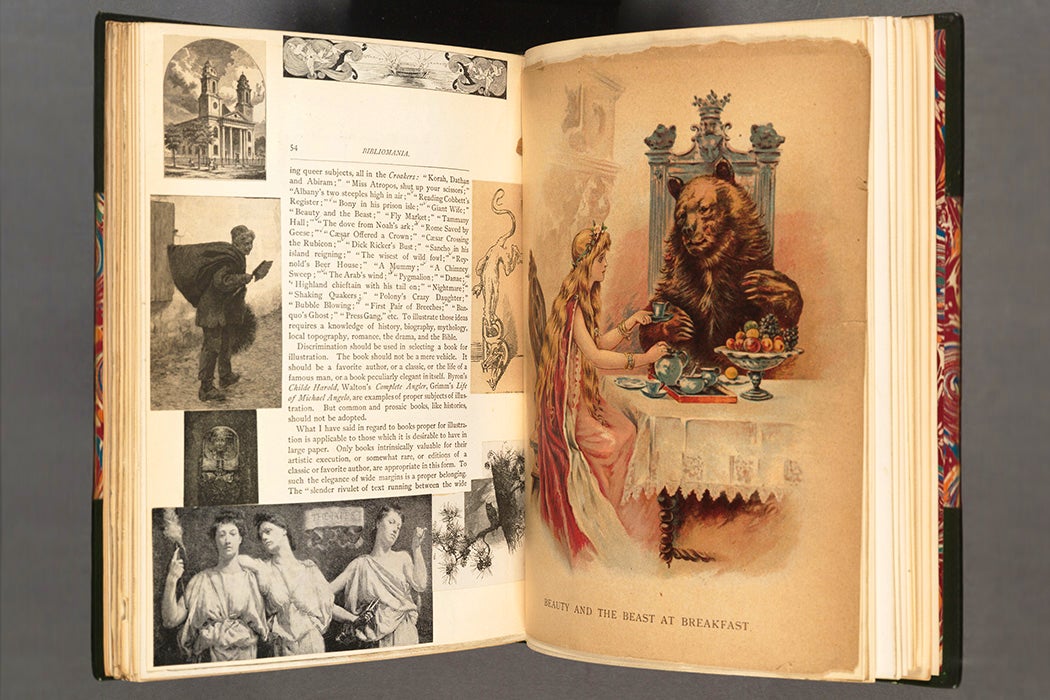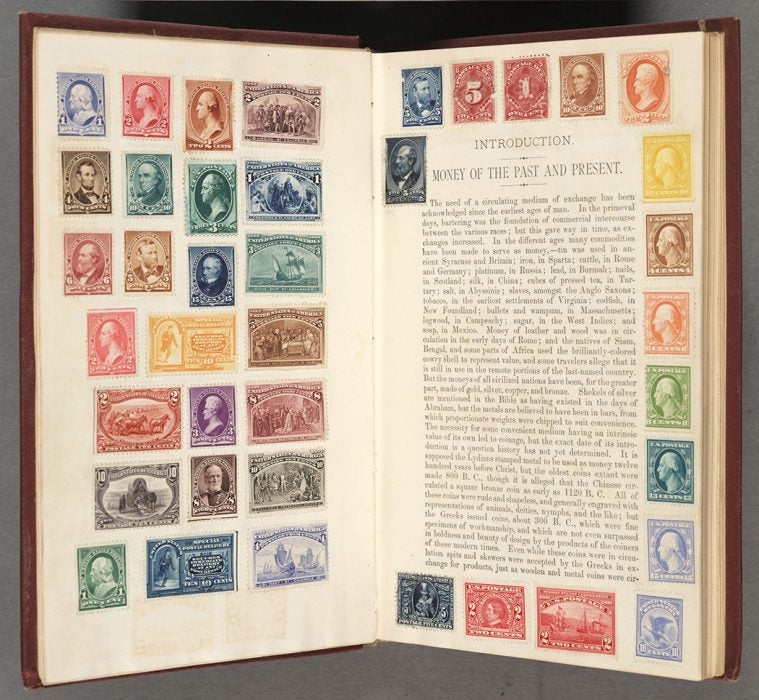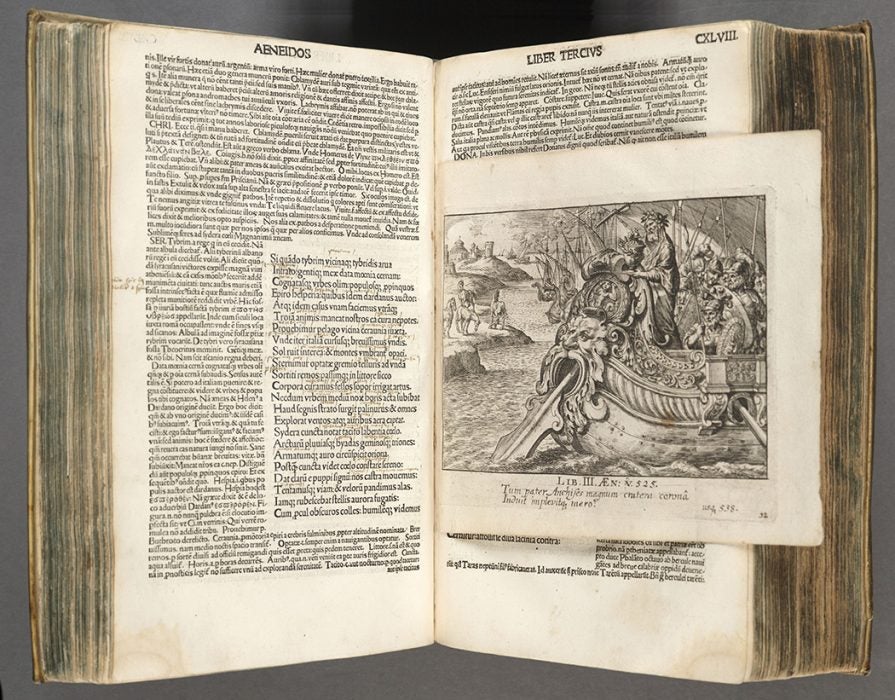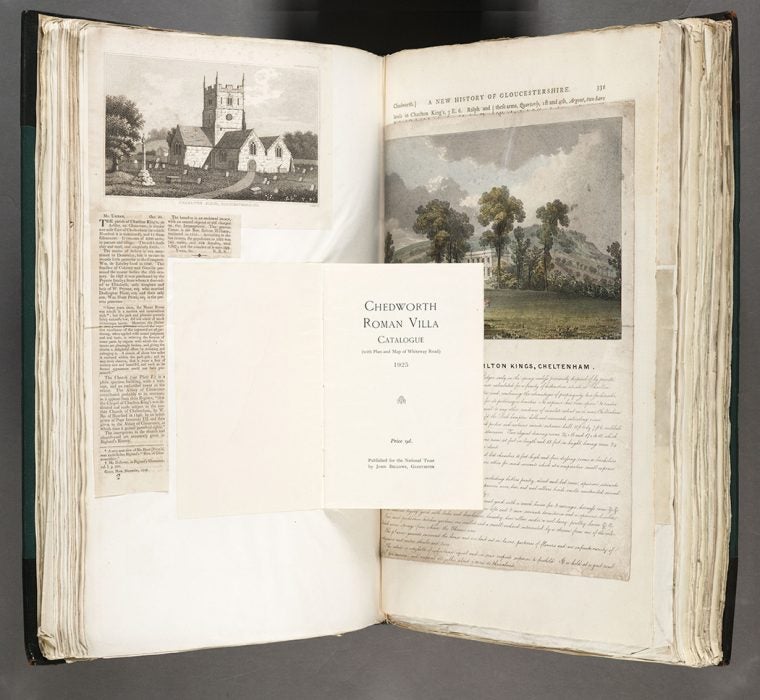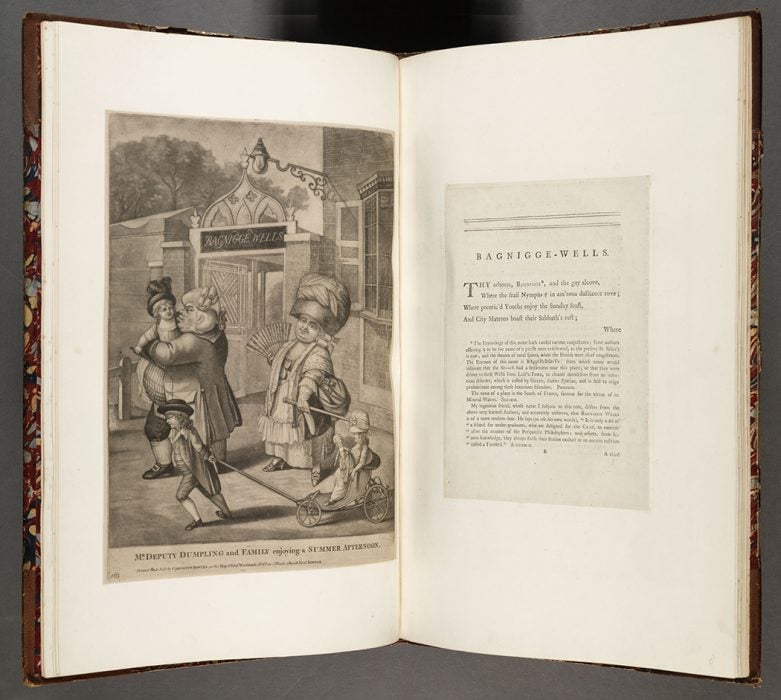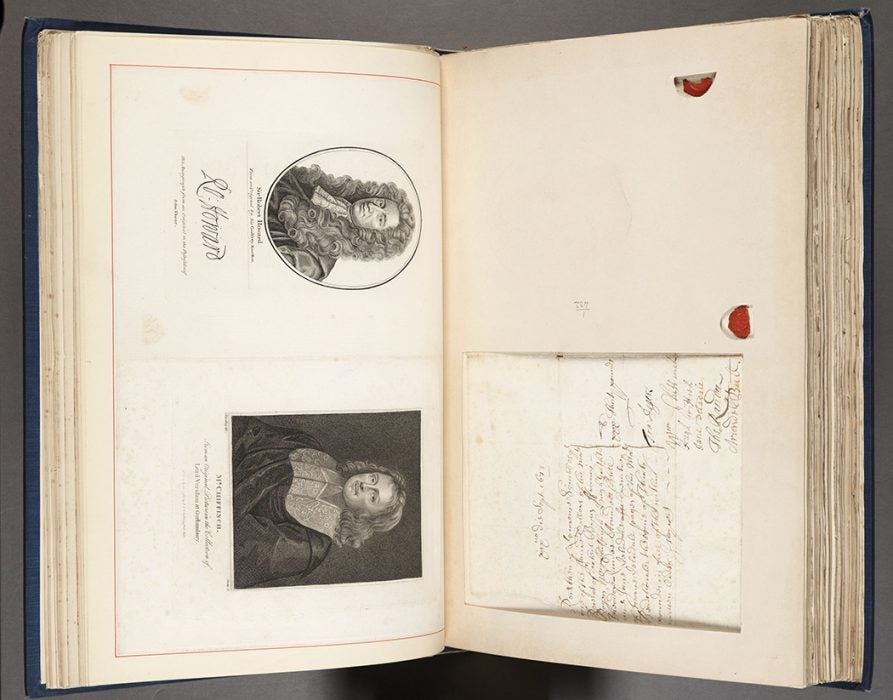For many modern readers, text isn’t a straightforward, linear thing. We click links to hop from an article to some other related or semi-related topic, enjoy fan fiction that remixes published stories into something totally different, or argue about an author’s ideas in our own interactive writing on social media. That’s something we could never get with a mere print book. Or is it? Gabrielle Dean, a curator of rare books and manuscripts, writes that people were doing something similar back in the eighteenth century.
In 1769, amateur historian James Granger published the Biographical History of England, from Egbert the Great to the Revolution. It was an interactive book, aimed at collectors of printed images—a popular new hobby at the time. The Biographical History featured portraits of historical figures and blank leaves to let readers take notes referring to their own collections. Soon, collectors went beyond the book’s intended use, instead adding their own portrait collections directly inside.
This evolved into an entire subcultural practice, called Grangerization. Hobbyists used printed books as the basis for a multidimensional media project. They pasted prints, as well as pages of text from other books, into the original volume, making connections between related topics.
In some cases, the resulting work smacked of obsessive fandom. One collector expanded a copy of an 1828 biography of Lord Byron from two volumes to five, rebinding the pages to accommodate 184 illustrations and 14 letters and autographs. Another turned a three-volume 1872 biography of Charles Dickens into nine oversized books packed with broadsides for performances, actor portraits, letters, and images taken from illustrated editions of the author’s books.
Other Grangerized editions became monuments to the history of the book itself. One copy of Gil Blas, a French-language novel set in Spain, was apparently augmented over several decades, doubling its original four-volume length. The new material included title pages and illustrations from both previous and later additions, as well as less obviously relevant material. One addition was a lithograph of an elegantly dressed young woman. Its title, “Espagnole,” referred to a French idea of a Spanish fashion, mirroring the novel’s transnational heritage.
Weekly Newsletter
Grangerization reached its height of popularity in the first half of the nineteenth century. But not everyone saw it as an innovative, creative hobby. The idea of removing pages from one book to create something new infuriated some critics. One called Grangerization a “monstrous practice” of “hungry and rapacious book-collectors.” Another diagnosed its practitioners with “a vehement passion, a furious perturbation to be closely observed and radically treated wherever it appears, for it is a contagious and delirious mania.”
One advantage of today’s digital media is that we can freely copy material without tearing up precious original work. Of course, today’s Grangerizers have their own ethical questions, like plagiarism, to consider.
